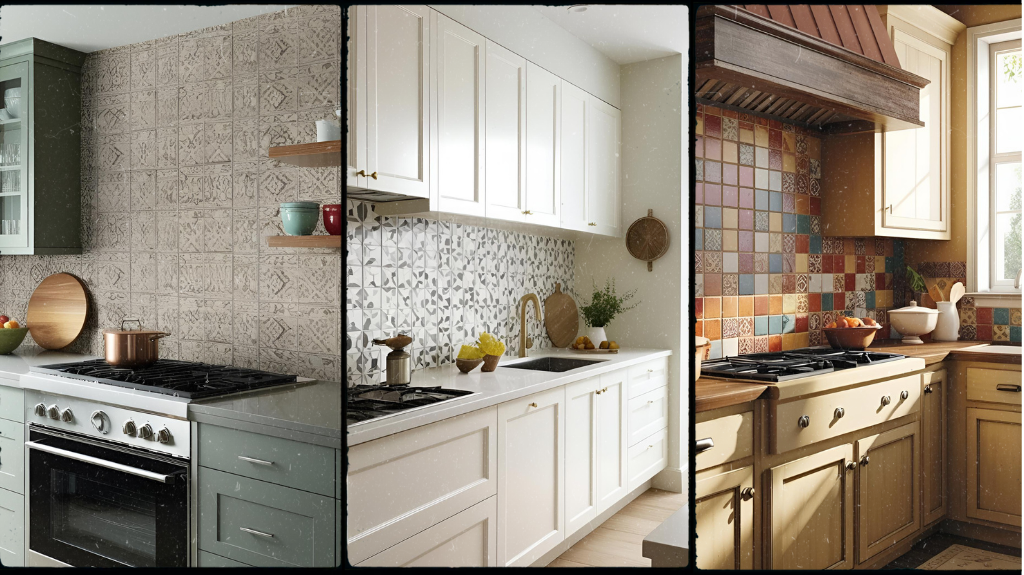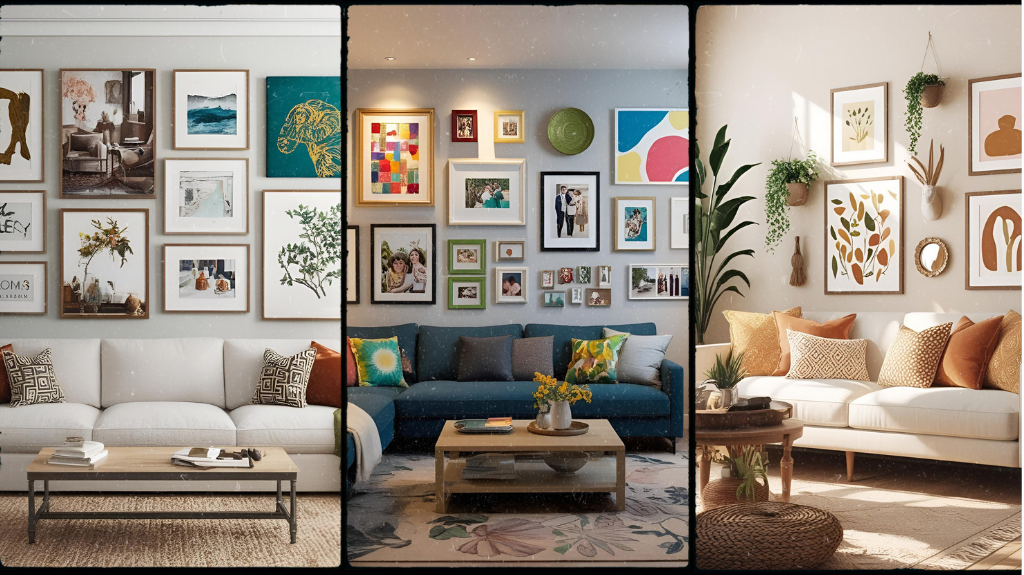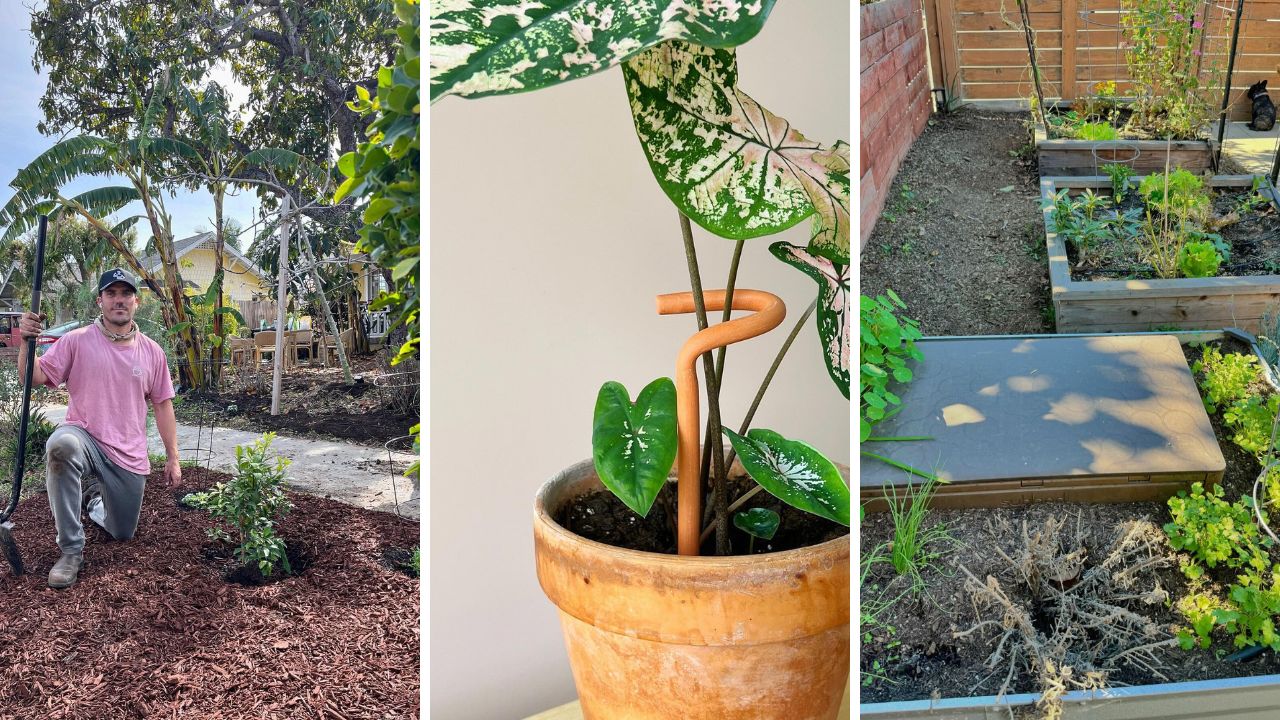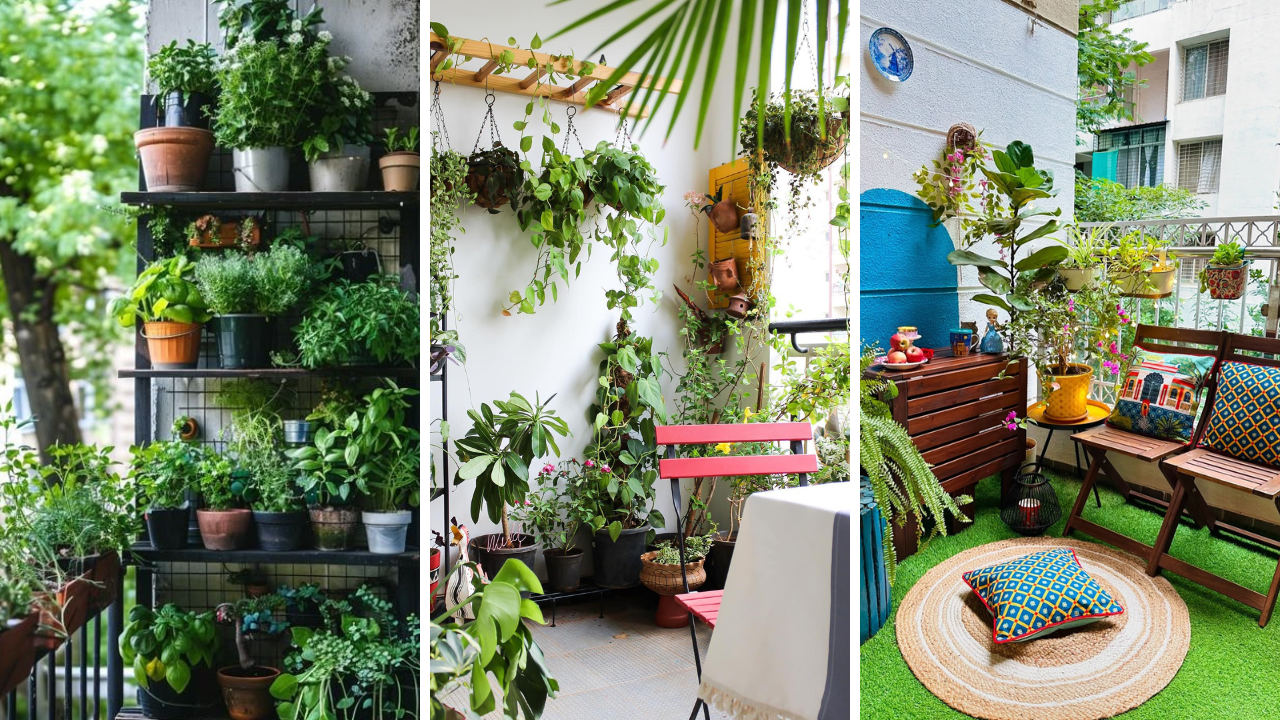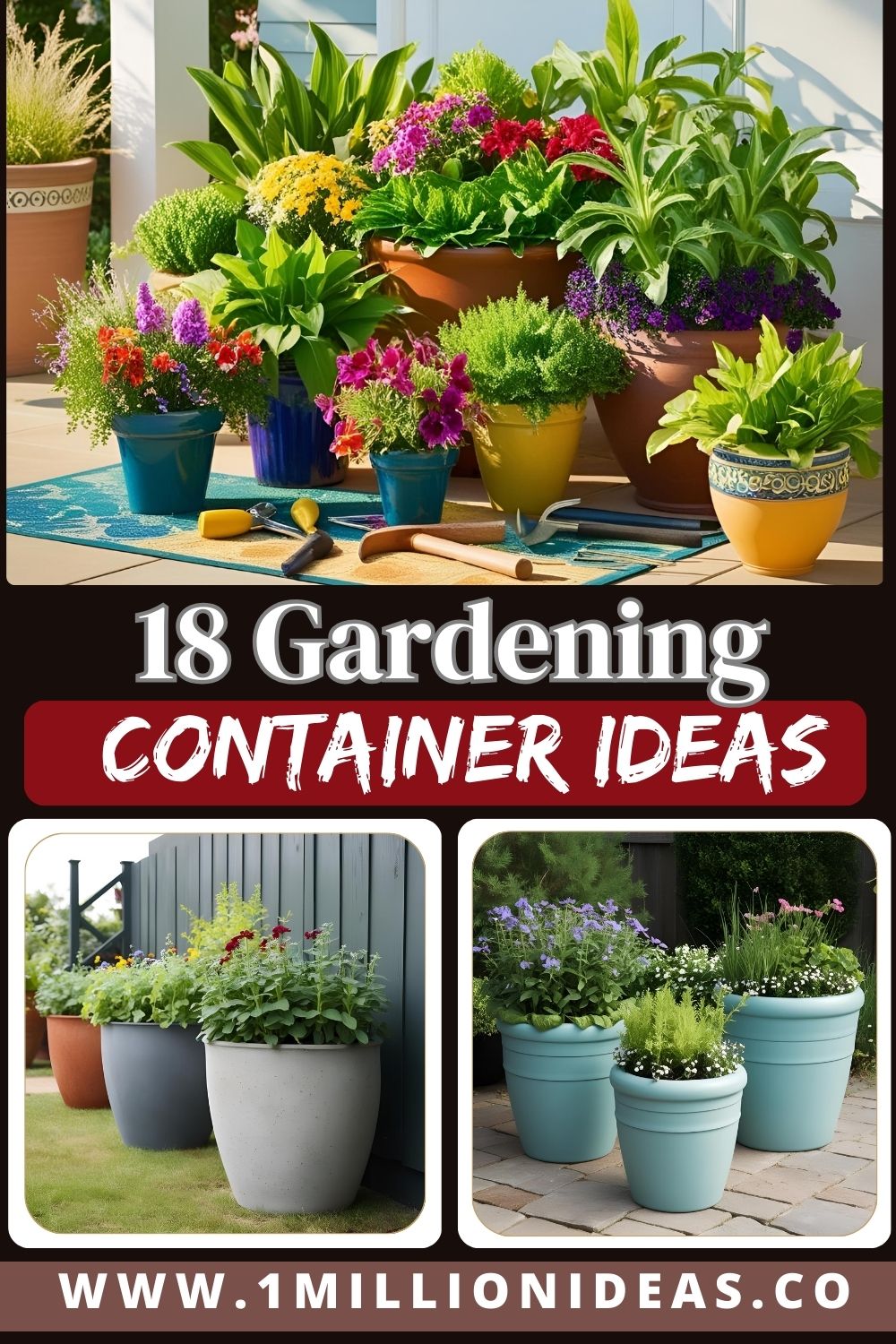
Gardening in containers has been one of my most effective strategies for transforming any space into a lush, thriving environment. Whether you’re working with a spacious backyard or a compact balcony, the right containers can make all the difference. Over the years, I have experimented with countless setups—some were incredibly successful, while others taught me valuable lessons. Today, I’m sharing 18 container gardening ideas that have redefined the way I grow plants.
1. Repurposed Wooden Crates
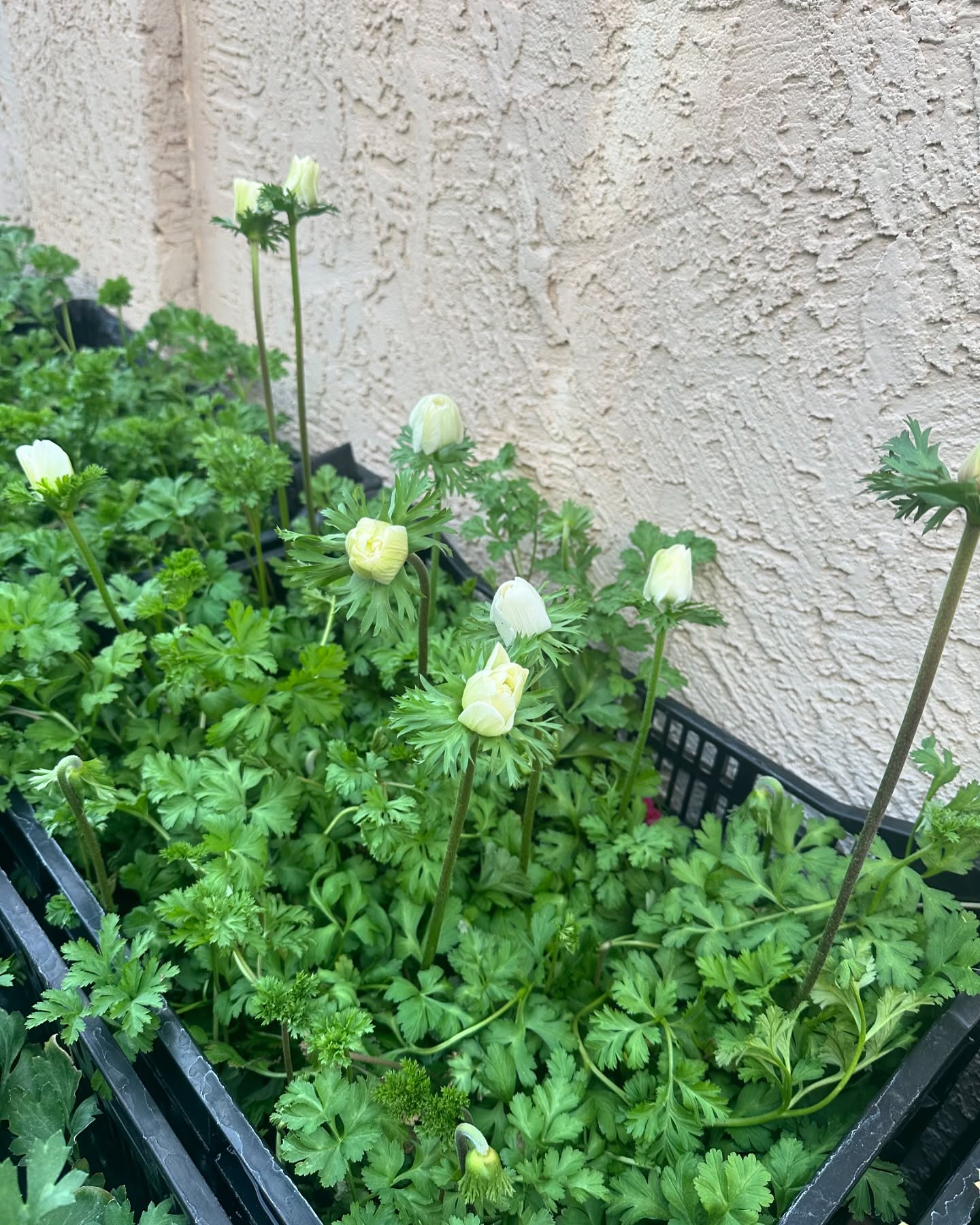
Source@johns_plant_adventures
Wooden crates are a fantastic option for container gardening. I found an old wooden crate at a flea market and converted it into a thriving herb garden. The natural slats in the wood provide excellent drainage, preventing root rot, while a simple plastic liner keeps the soil in place. These crates are ideal for growing herbs like basil, thyme, and mint. Additionally, their rustic charm adds an aesthetic appeal to patios, balconies, or even kitchen windowsills.
2. Gutter Gardens
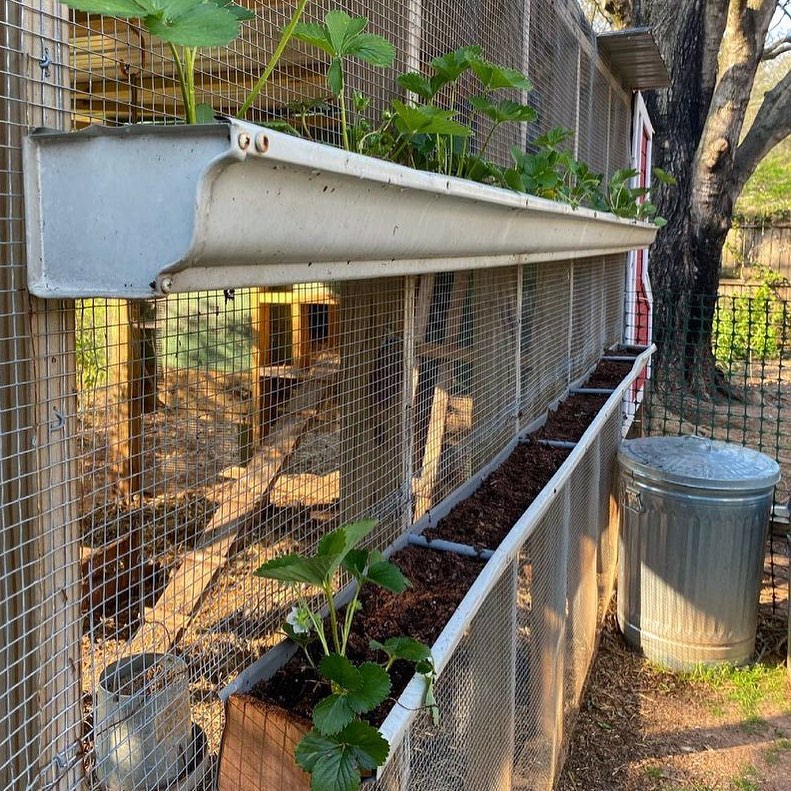
Source@gardengirlgang
Attaching old rain gutters to a fence was one of the most space-efficient gardening solutions I’ve ever implemented. By securely mounting them at various heights, I was able to create a vertical garden that maximized my growing area. I found that strawberries thrived in this setup, producing an abundant harvest without taking up valuable ground space. This technique is also excellent for growing leafy greens like spinach and lettuce, making fresh produce more accessible right outside my back door.
3. Vintage Metal Tubs
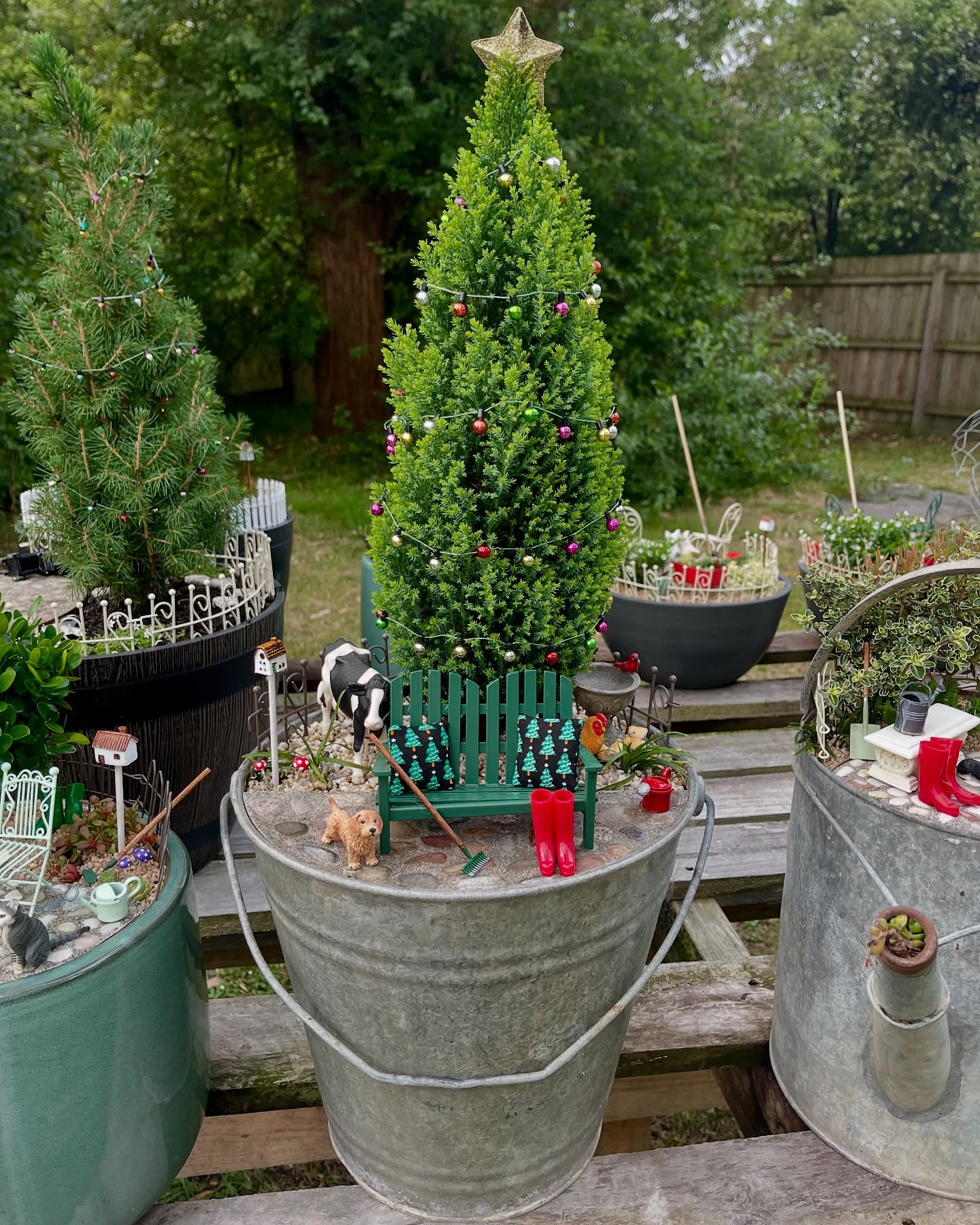
Source@minifairygarden
An old, rusted metal tub from my grandparents’ farm became one of my most productive tomato containers. To make it functional, I drilled drainage holes at the bottom and filled it with nutrient-rich soil. The depth of the tub provided ample space for deep-rooted plants like tomatoes and peppers. Over time, the metal absorbed warmth from the sun, helping to extend the growing season. This type of container is perfect for gardeners who want an antique touch with practical benefits.
4. Hanging Shoe Organizer
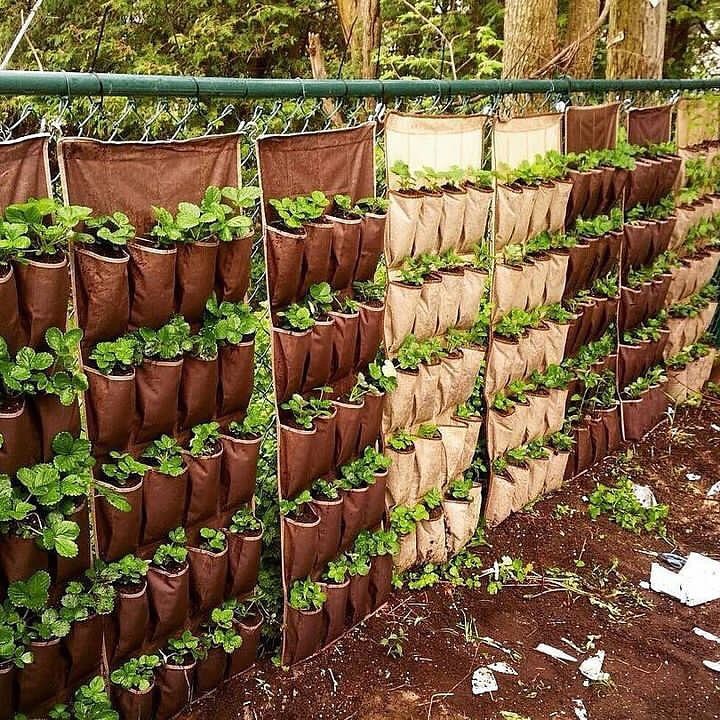
Source@gardenoften
Believe it or not, a simple over-the-door shoe organizer can double as a hanging garden. I filled each pocket with potting soil and planted leafy greens, herbs, and even strawberries. This method works exceptionally well for those with limited space, as it allows for a vertical gardening approach. I hung mine outside my kitchen door, ensuring that fresh greens were always within reach for cooking. The fabric pockets also provide good aeration, promoting healthy root development.
5. Cinder Block Planters
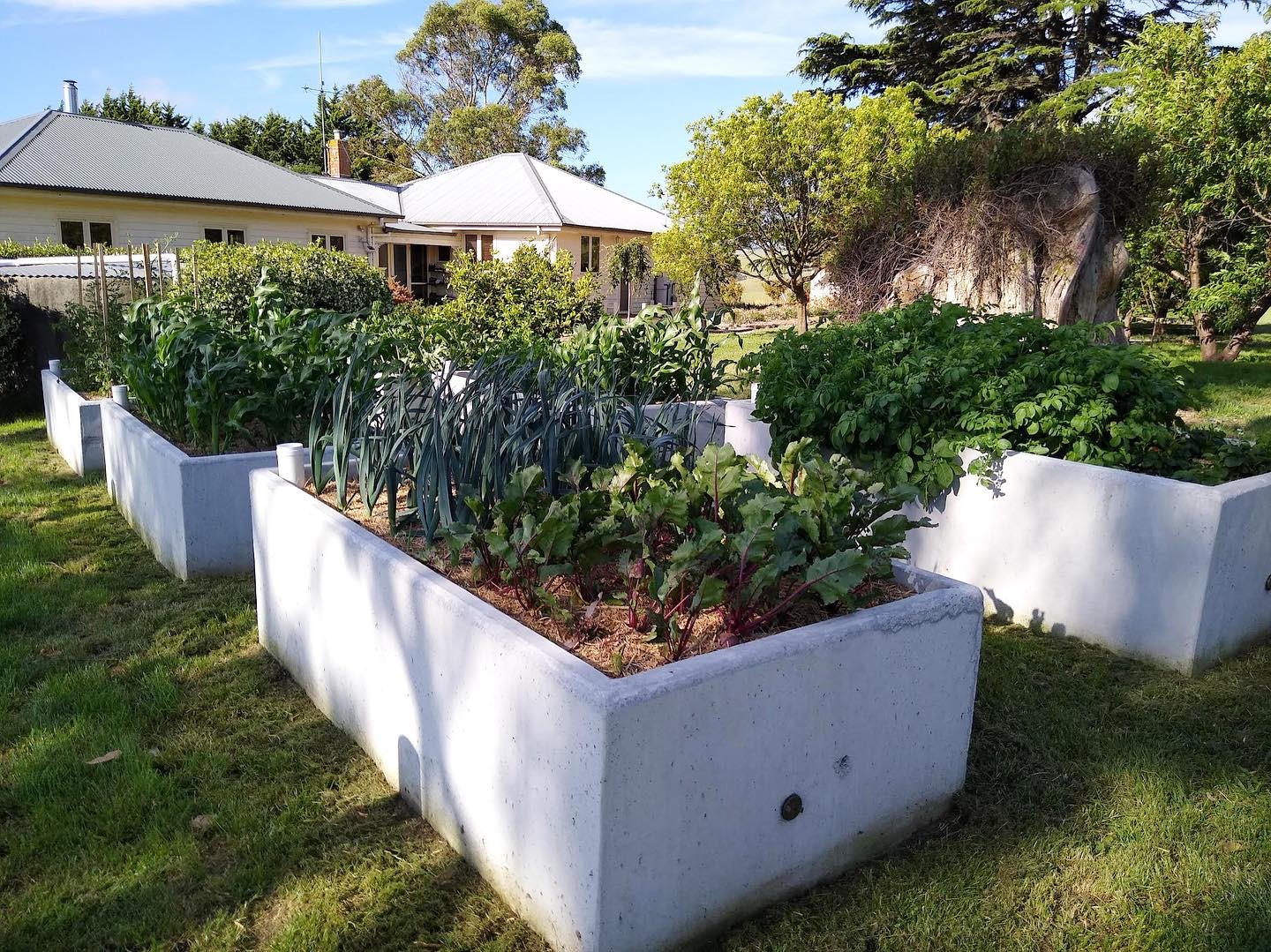
Source@statewideconcreteproducts
Stacking cinder blocks into a structured arrangement created a modern, multi-level planter that worked beautifully for succulents and small flowers. Each hollow section of the cinder block acted as a natural planting space. Not only does this method allow for a unique, structured garden layout, but it also offers excellent drainage and durability. These planters can be arranged in various configurations, making them a versatile choice for different outdoor spaces.
6. Wicker Baskets
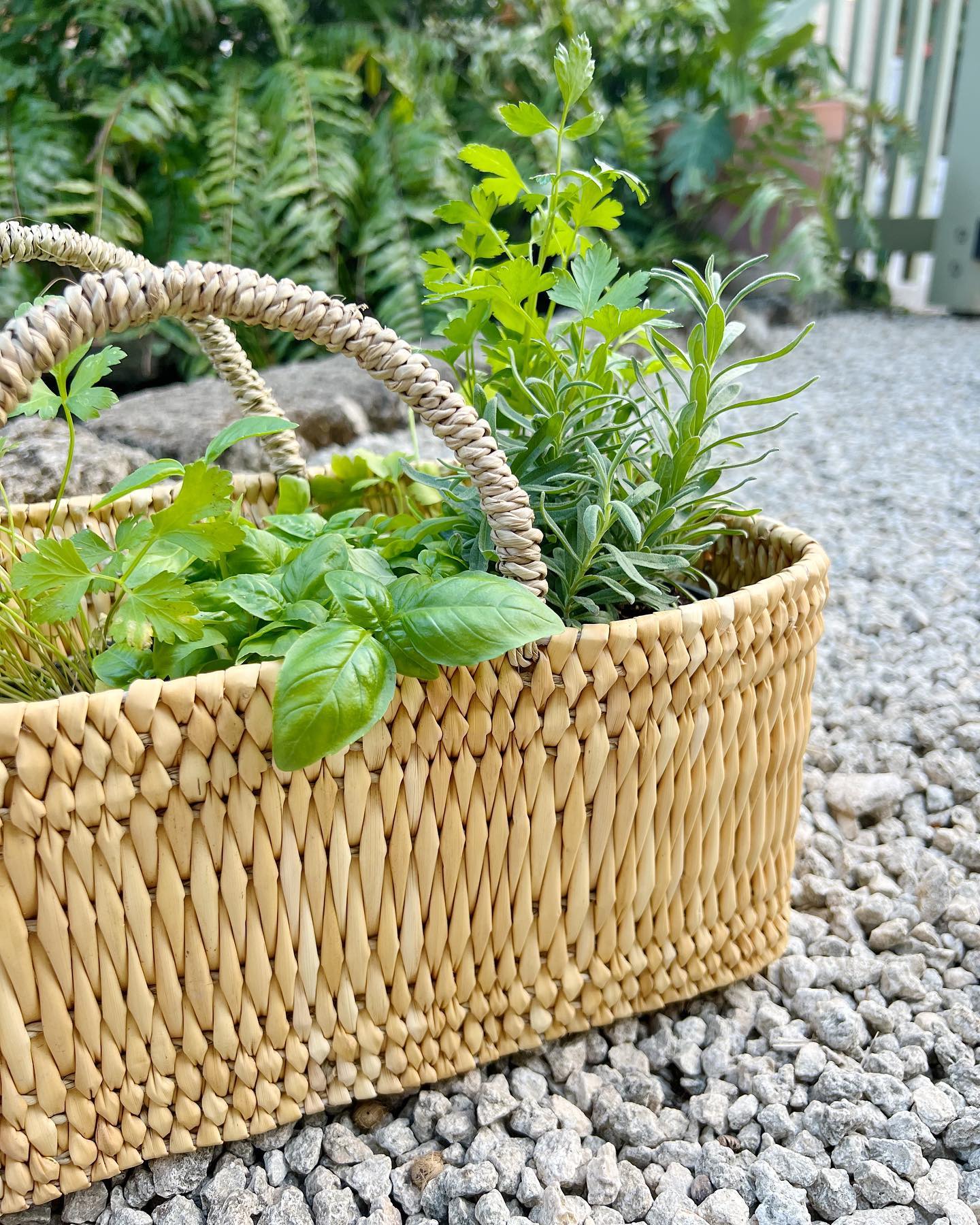
Source@joliebasketsbarbados
Originally, I thought wicker baskets were only good for decoration, but I quickly realized they could serve as charming and functional plant containers. To prevent soil from falling through, I lined them with burlap before adding potting mix. These baskets are particularly well-suited for flowers and herbs, adding a rustic appeal to patios or indoor settings. One of the biggest advantages is their lightweight nature, allowing for easy repositioning as needed.
7. Stacked Pots for a Vertical Garden
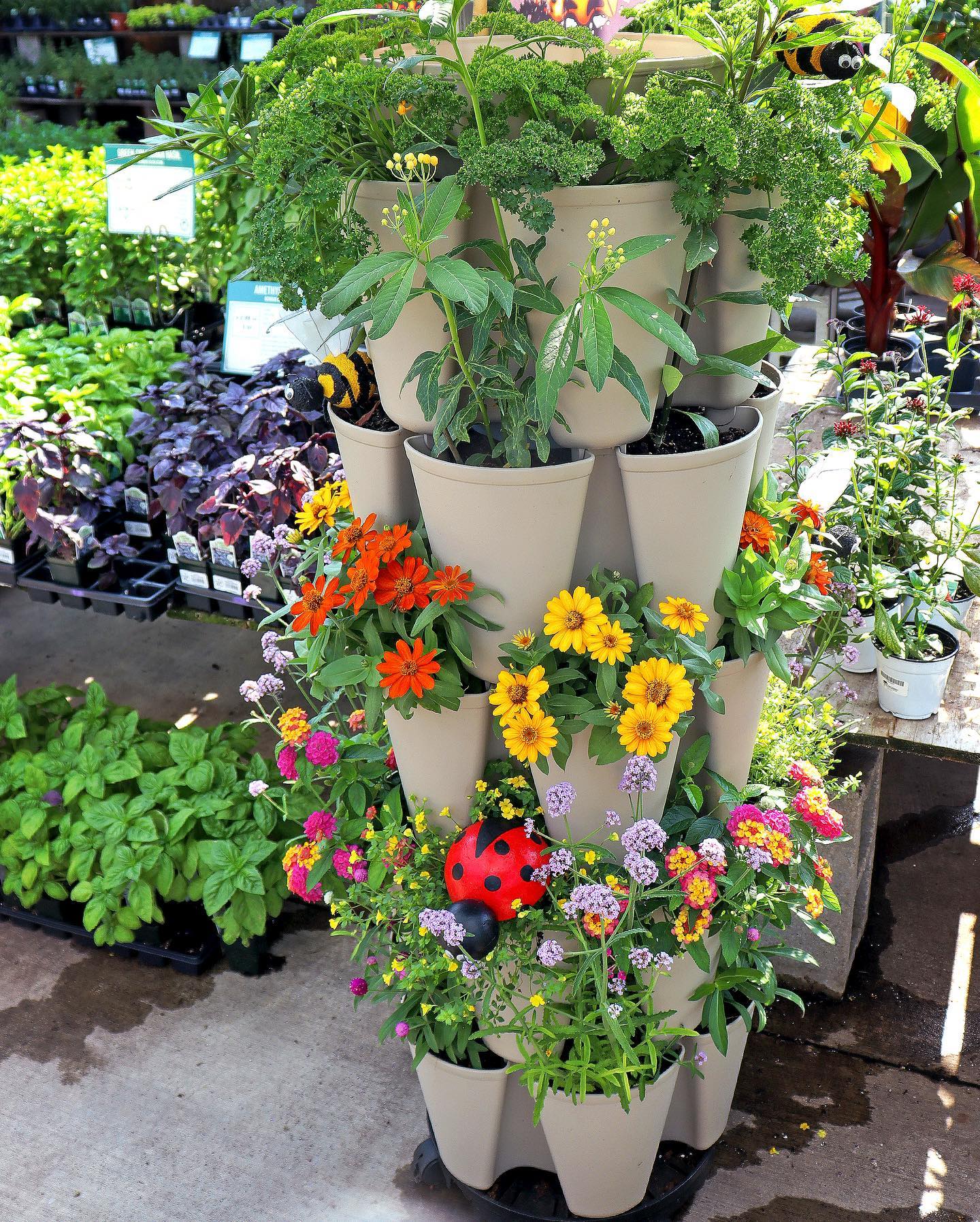
Source@family_tree_nursery
Stacking terracotta pots in varying sizes created a visually appealing, tiered container garden. I used this setup to grow a mix of flowering plants and trailing vines, creating a cascading effect that enhanced my garden’s aesthetics. This method is an excellent way to utilize vertical space, making it ideal for small patios or apartment balconies.
8. Old Wheelbarrow Garden
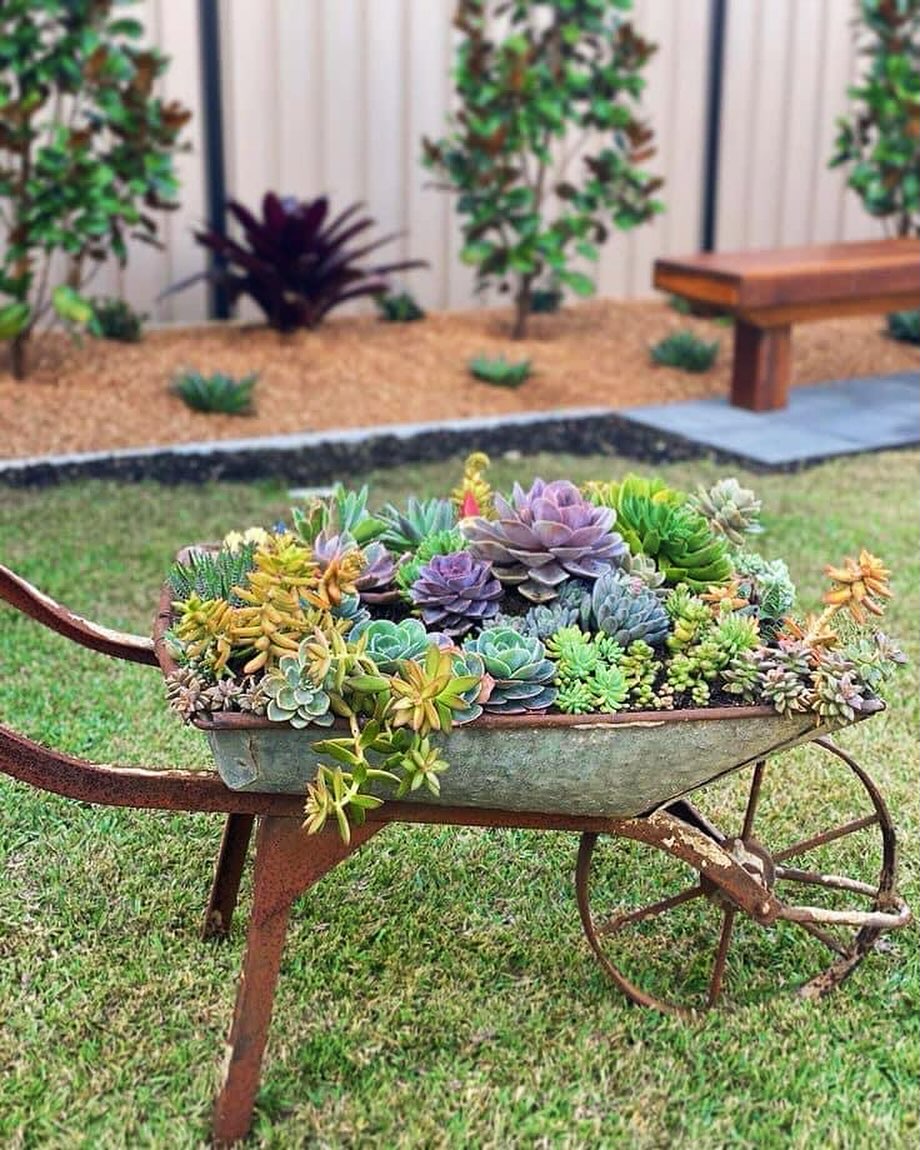
Source@bloomingoodsucculents
An unused wheelbarrow that was collecting dust in my garage became one of my favorite mobile planters. After drilling drainage holes, I filled it with nutrient-rich soil and planted a mix of flowers and leafy greens. The mobility of the wheelbarrow allowed me to move it around my garden to optimize sun exposure. It also became a conversation piece that added a unique element to my outdoor space.
9. DIY Hanging Coconut Shell Planters
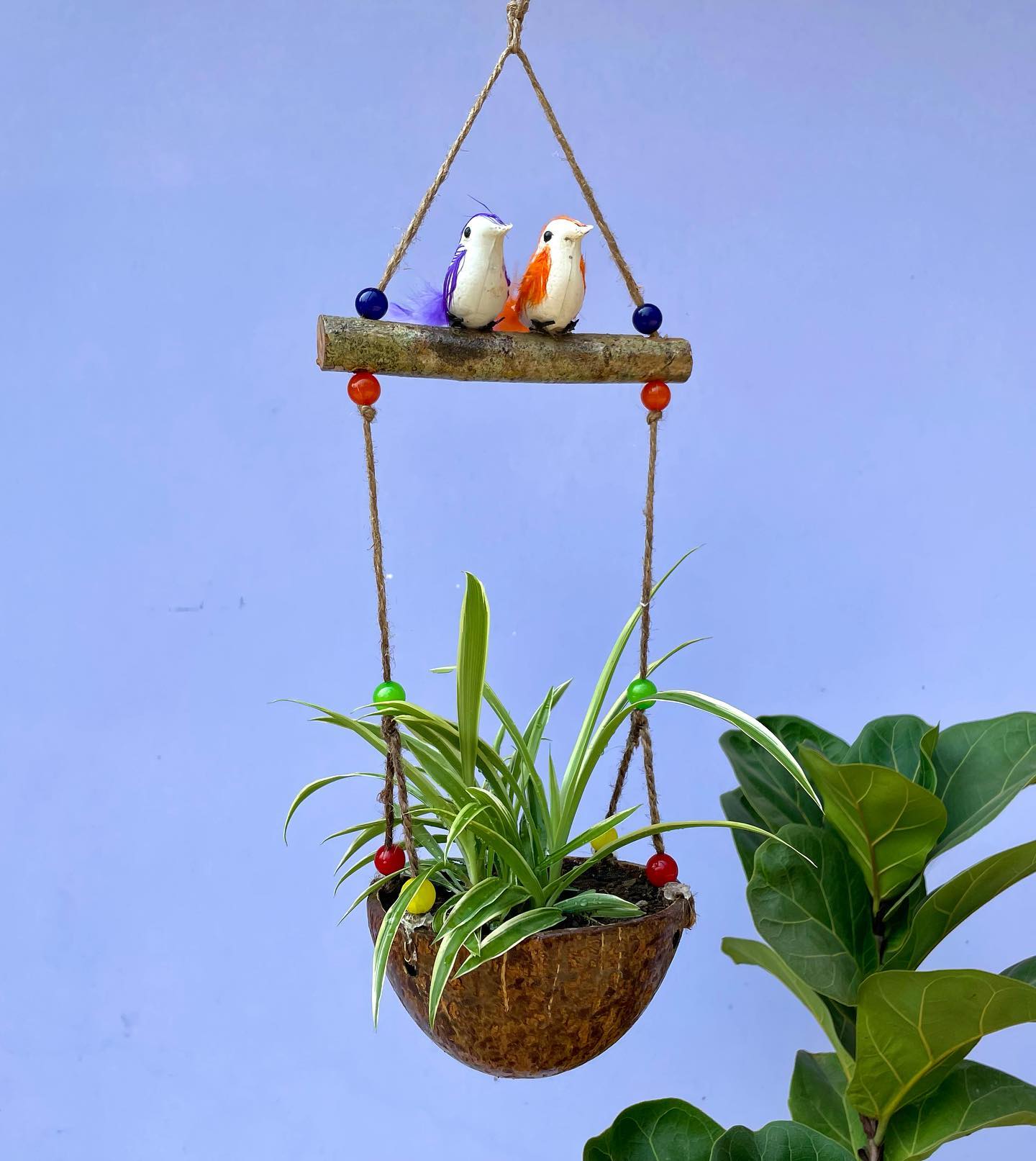
Source@diy_by_jeet
Inspired by a trip to the tropics, I started using coconut shells as eco-friendly planters. These biodegradable containers are perfect for small ferns, orchids, or air plants. I drilled small holes for drainage and suspended them with jute twine. Their natural aesthetic blended seamlessly with my garden and provided a sustainable alternative to plastic pots.
10. Recycled Wine Barrels
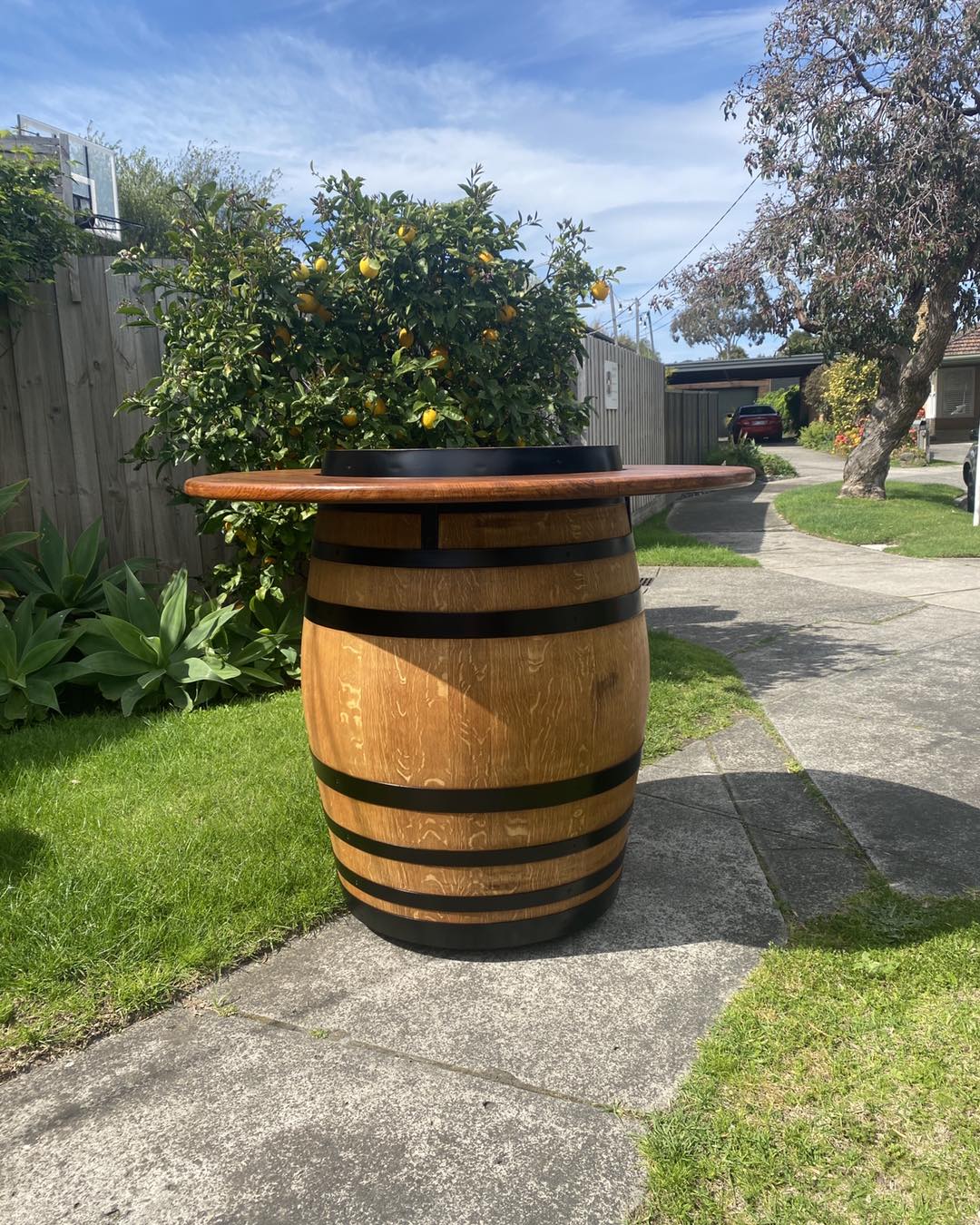
Source@backyard_barrels
Half-cut wine barrels make fantastic large planters for deep-rooted vegetables like carrots and potatoes. The barrels provide excellent soil depth, allowing plants to establish strong roots. I also use them for growing dwarf fruit trees, which thrive in the spacious container while adding an elegant touch to my garden.
11. Stacked Wooden Pallets
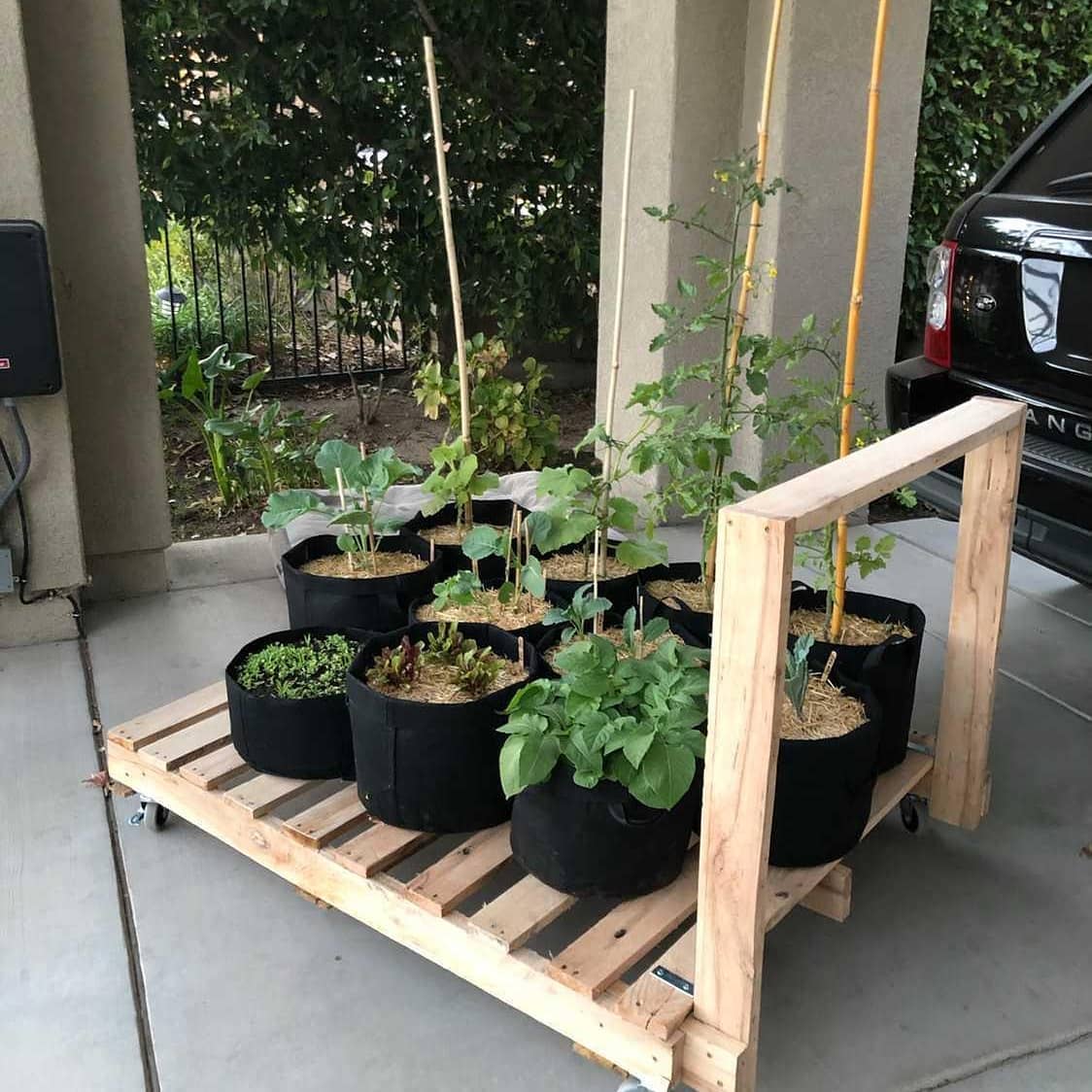
Source@epicgardening
Propped against a wall, a wooden pallet lined with landscape fabric became a compact vertical herb garden. I used each slat as a planting pocket, growing basil, rosemary, and cilantro. This design maximized my available space and created a visually striking, functional gardening solution.
12. Old Tires Turned Planters
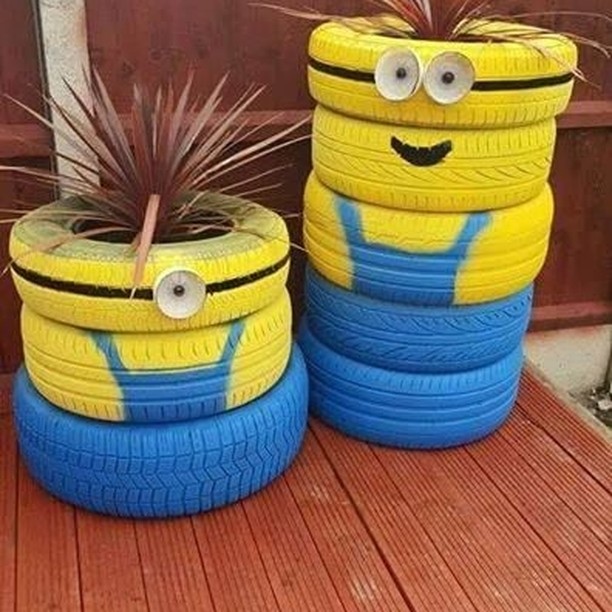
Source@dont_buy_it_make_it
By repurposing old tires, I created a vibrant, layered planter setup. After painting the tires in bright colors, I stacked them at different heights to add dimension to my garden. This method worked exceptionally well for growing flowers and trailing vines, adding both sustainability and creativity to my space.
13. Self-Watering Buckets
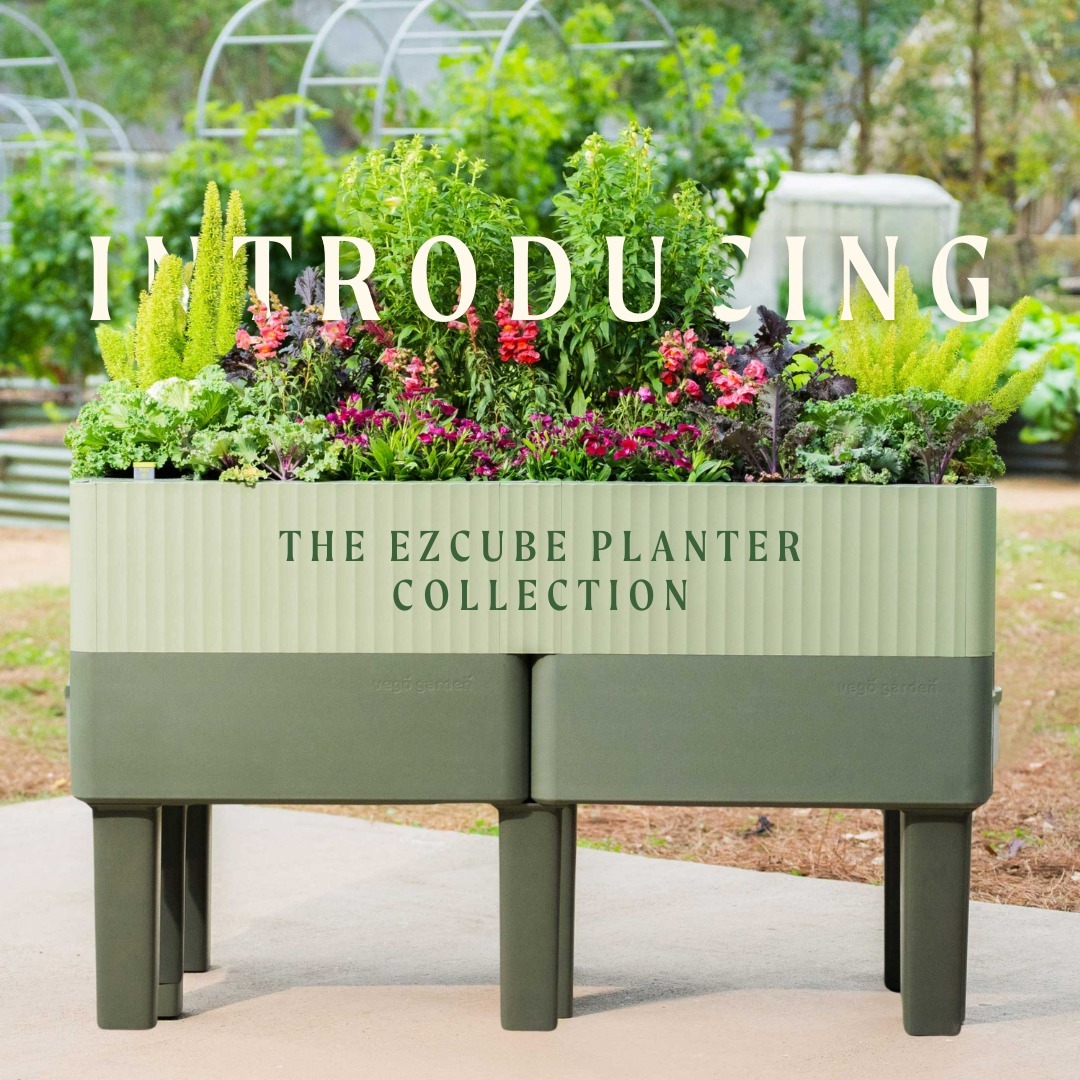
Source@vego_garden
A simple five-gallon bucket with a built-in water reservoir at the bottom ensured consistent hydration for my plants, even during hot summer days. This method reduced the need for frequent watering while promoting deep root growth, making it an excellent option for busy gardeners.
14. Teacup and Saucer Planters
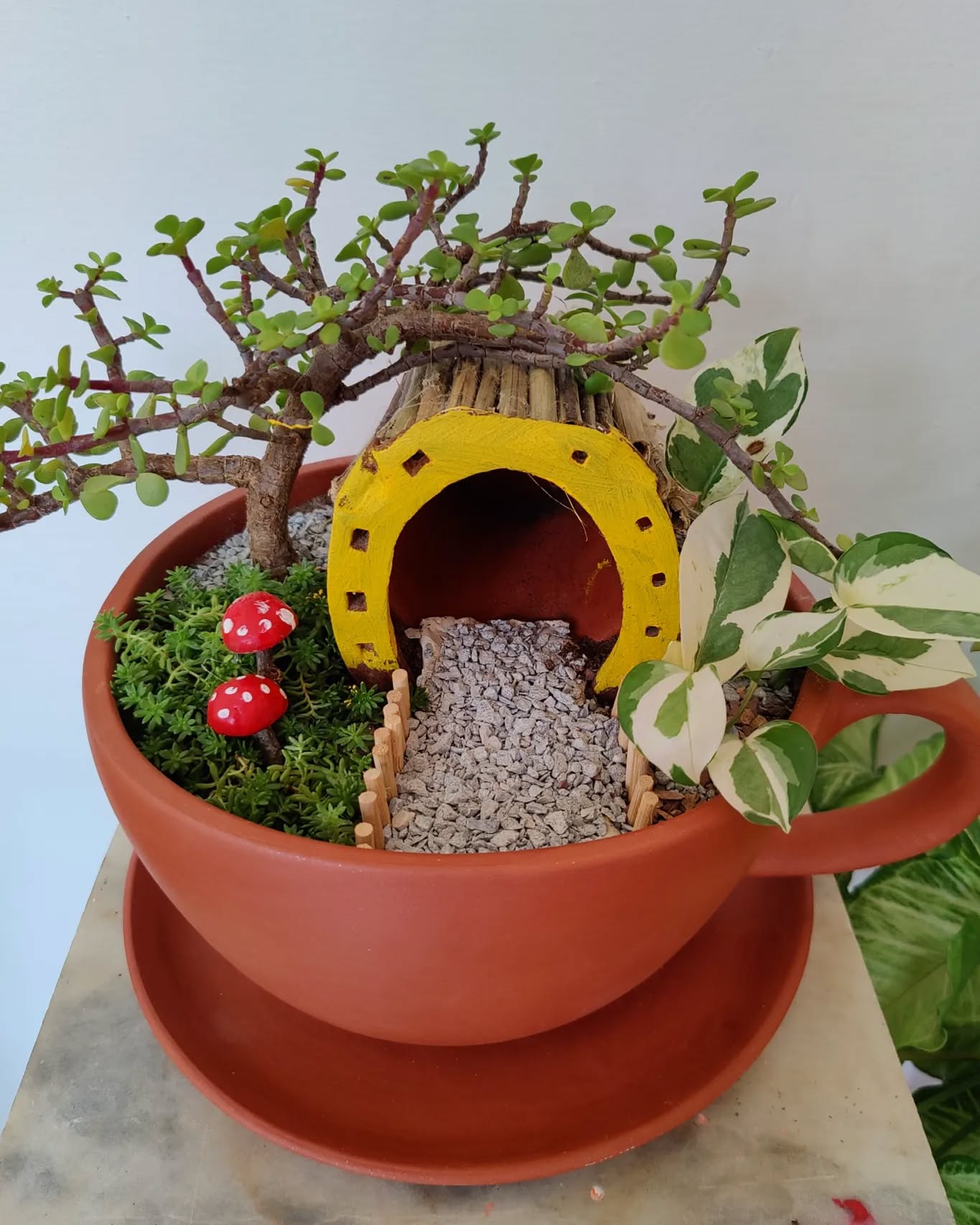
Source@creative_homes.and.gardens
Oversized teacups and saucers found at a thrift store became elegant planters for my indoor succulents. Their small size made them ideal for windowsills and desks, adding a touch of charm and greenery to my home.
15. Colander Planters
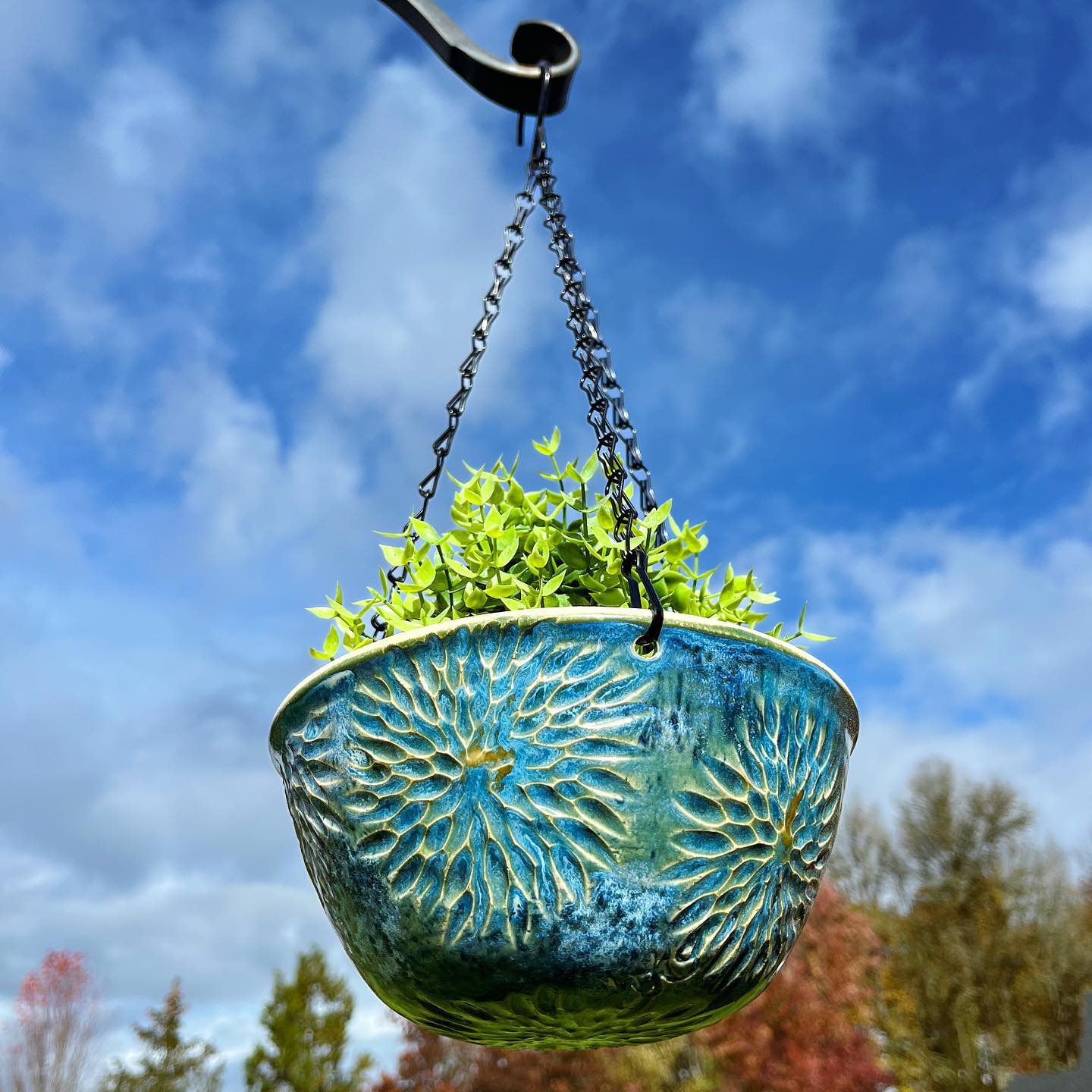
Source@lilo_pottery
With built-in drainage holes, colanders naturally lend themselves to container gardening. I suspended one from a hook and filled it with trailing ivy, creating a striking hanging planter. The perforations allowed for excellent airflow, promoting healthier root systems.
16. Hollowed Log Planters
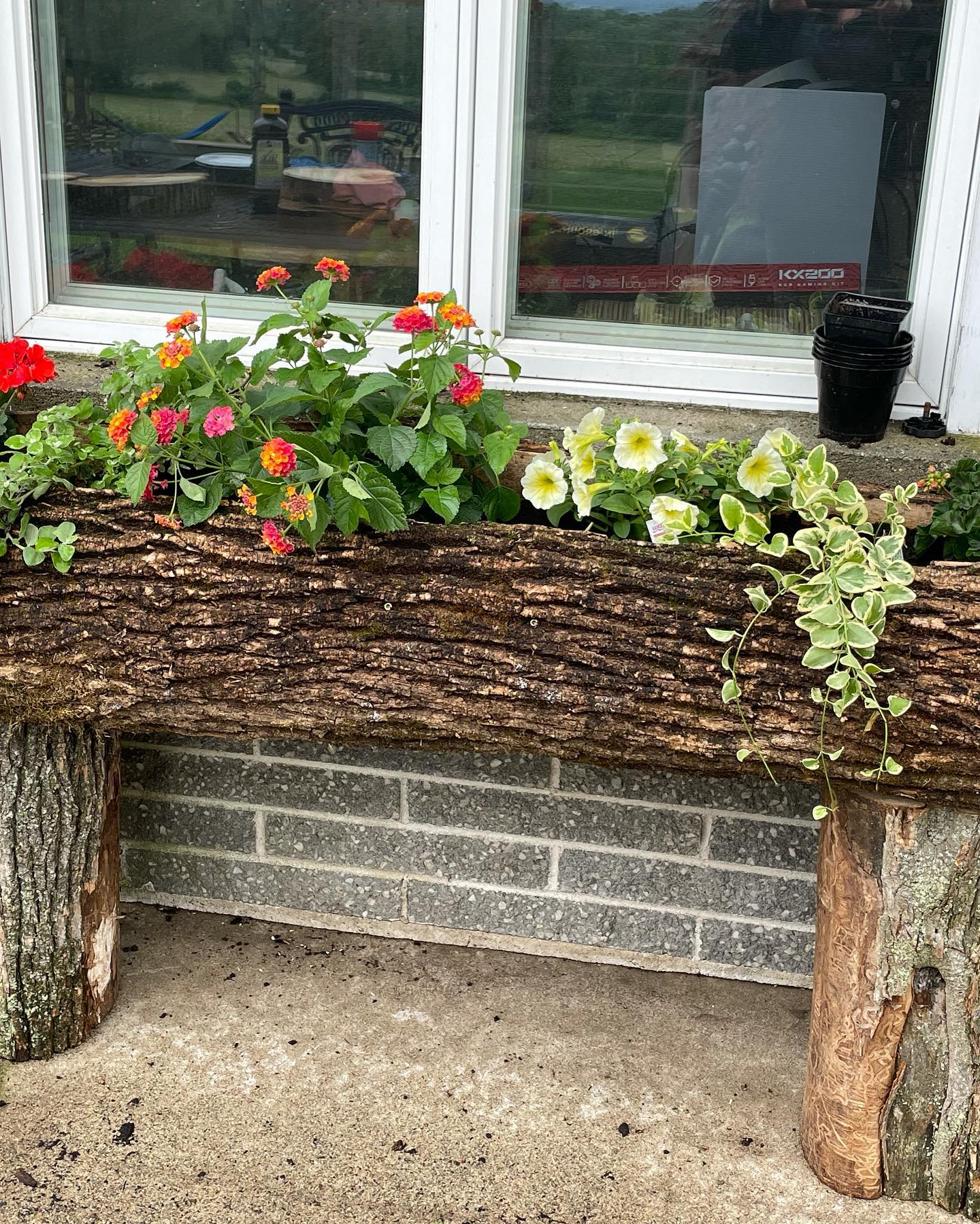
Source@jodischluter
A fallen tree branch in my backyard provided the perfect opportunity to create a natural planter. I hollowed out the log and filled it with mosses, ferns, and shade-loving plants. This method blended seamlessly into my landscape and added a woodland aesthetic.
17. Upside-Down Hanging Planters
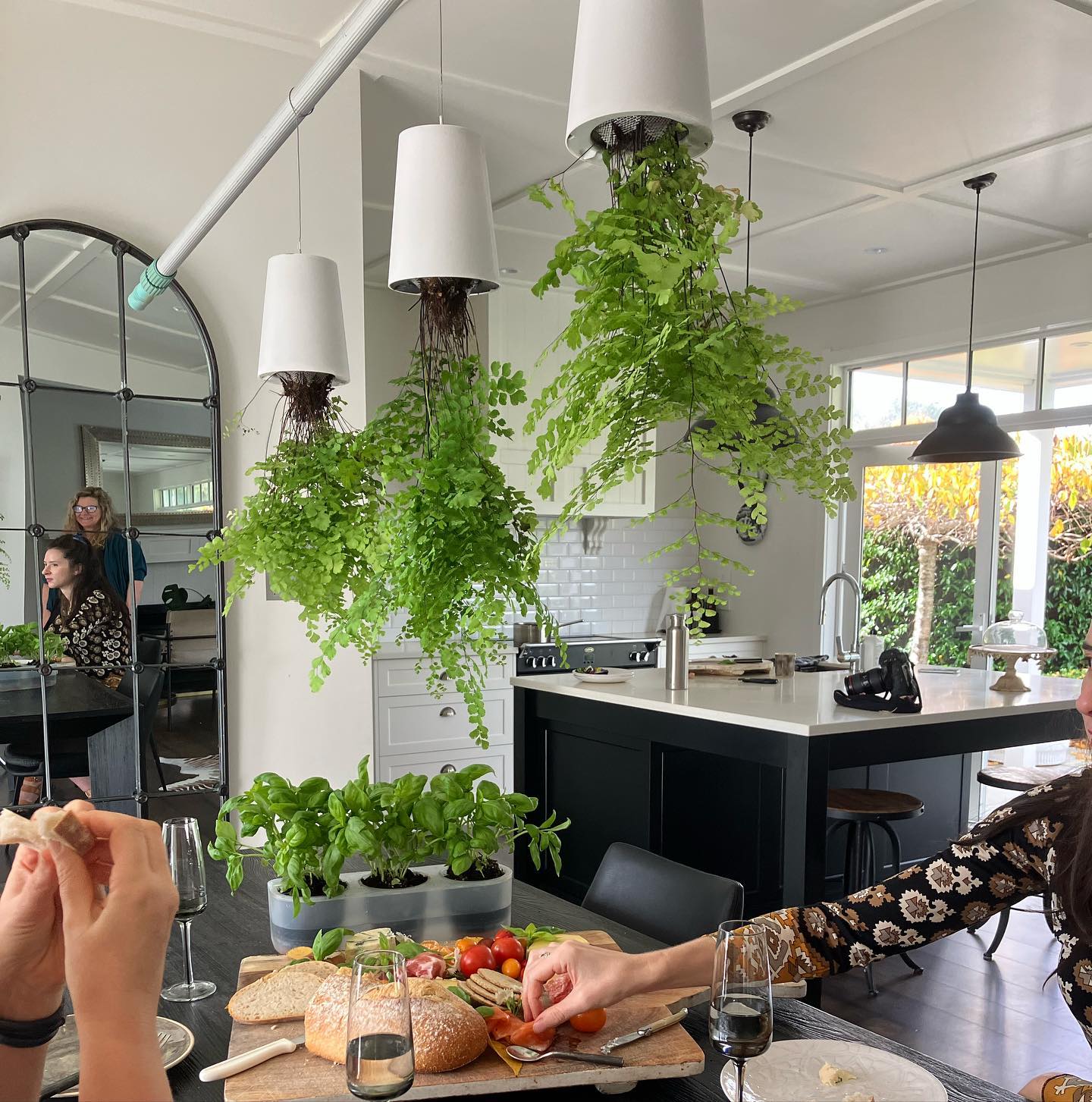
Source@boskke
By flipping small buckets upside down and planting cherry tomatoes through a hole in the bottom, I created a unique hanging garden. This approach allowed the plants to grow downward, reducing the need for staking and producing an abundance of fruit in a limited space.
18. Recycled Plastic Bottles
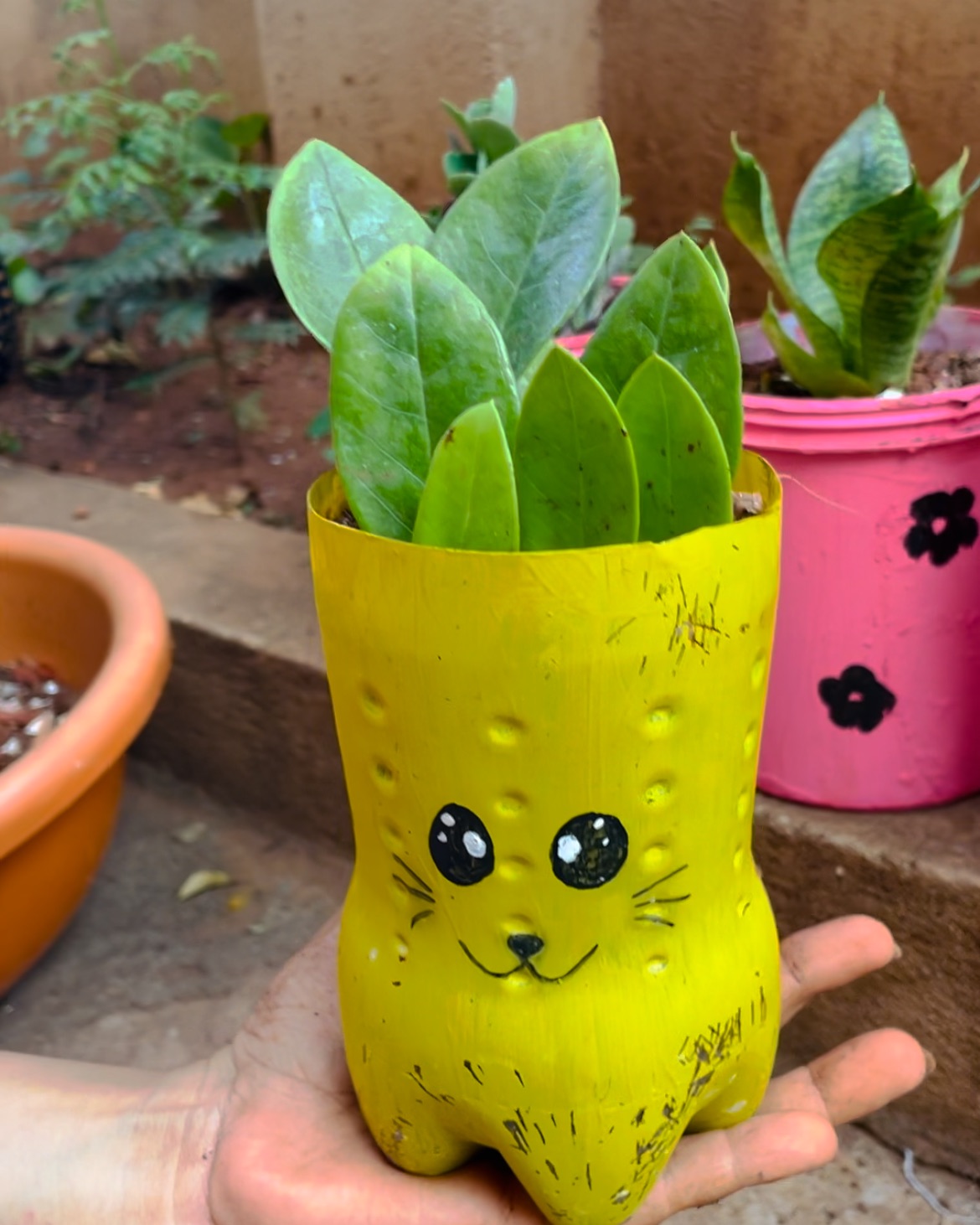
Source@sanobars_craft_and_cultivate
Stacking and cutting plastic bottles into a vertical garden system enabled me to grow an abundance of herbs and small vegetables in a compact area. This method proved to be an effective and sustainable solution for maximizing my growing space.
Each of these ideas has played a role in shaping my gardening experience. Whether you’re a beginner or an experienced gardener, these container solutions can transform your space and help you cultivate a thriving garden.

